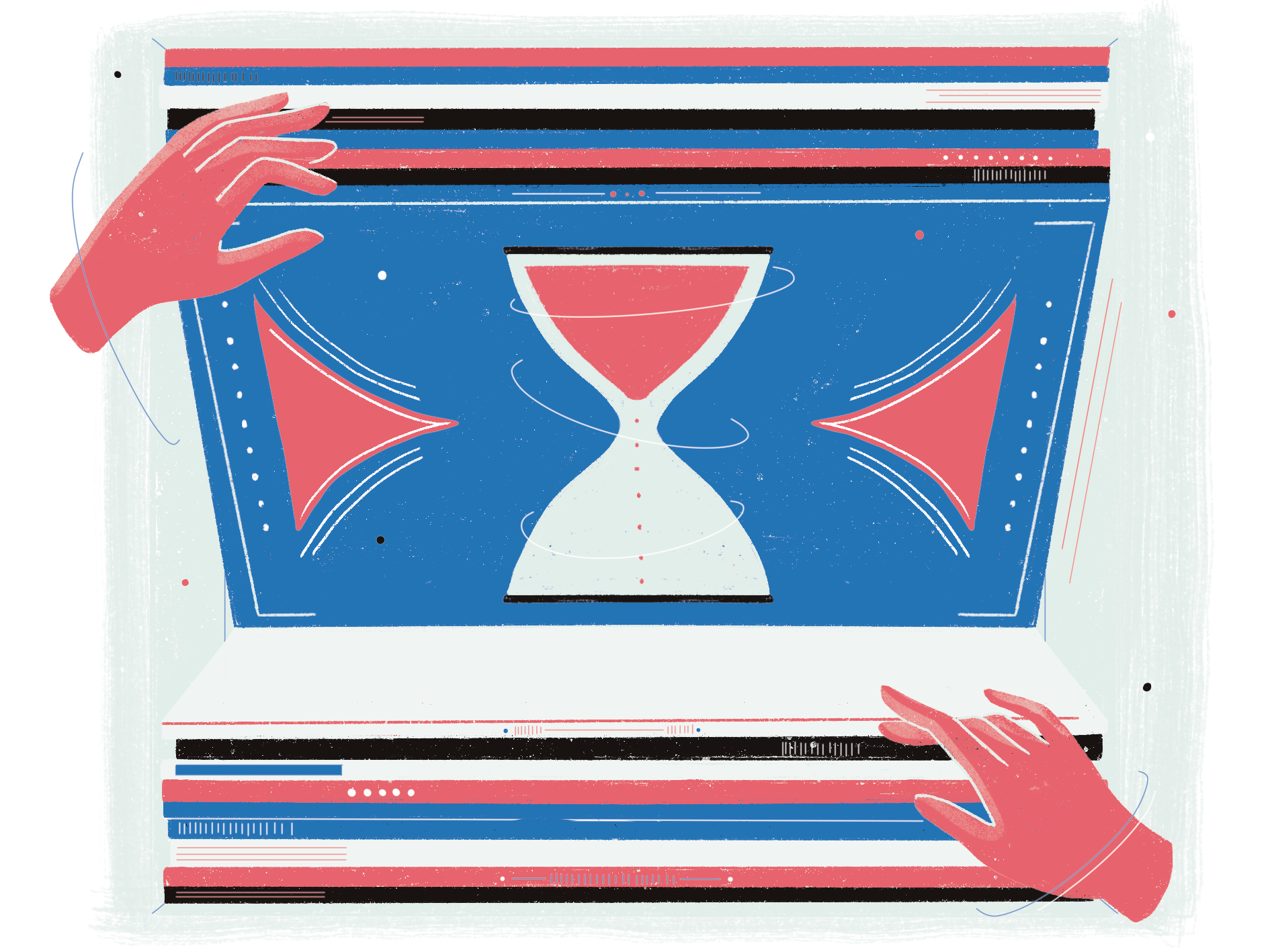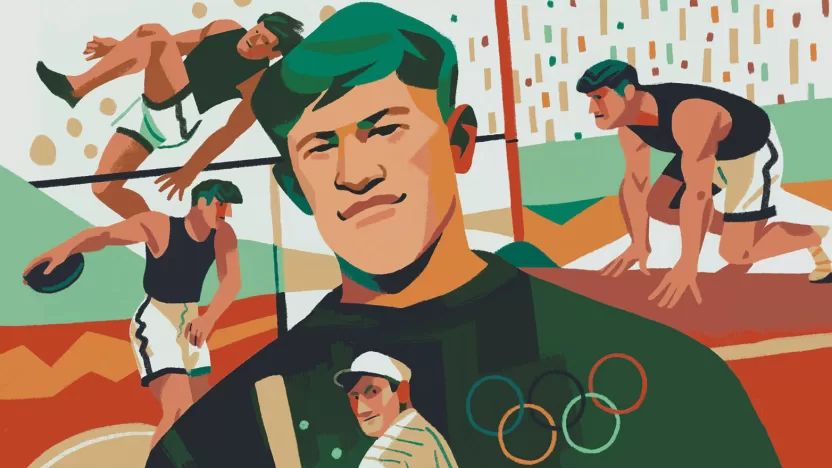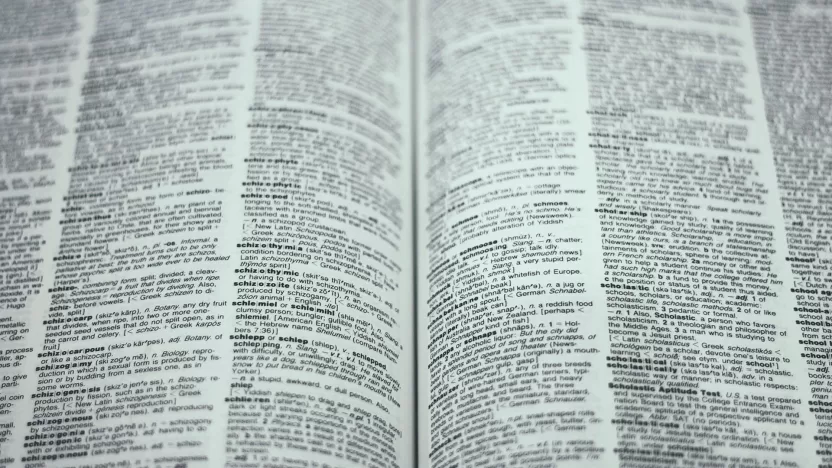The paradox of convenience
The age of convenience undoubtedly affected our ability to desire, but there is a contemporary countertendency in the rebirth of “inconvenient” items and movements seeking authentic experiences. Here’s a closer look at two specific industries whose paths appear to be heading in this route
by Simone Cesano

Unsplash
For as long as we’ve been writing, we’ve been writing about desire. Take the Iliad: amidst all its gore of splayed livers and corpses dragged around town, isn’t it ultimately a story of conflicting desires? Paris and Menelaus want the same woman, Agamemnon and Achilles fight over beautiful slaves, and Achilles wreaks endless havoc out of grief over losing his beloved friend Patroclus.
But even more interesting is that Homer’s subsequent work, the Odyssey, is about two different kinds of desire, in tension with each other. On his ten-year quest across the Mediterranean, Odysseus pursues two things: on the one hand, he longs for the peace and quiet of his home in Ithaca, and on the other, he feels the need to pursue “virtue and knowledge,” as Dante would put it, two thousand years later.
The age of convenience
Fast forward about three thousand years, and most of us reading this (though not most of humanity) are living a different life. Of course, I’m speaking from the perspective of someone born on the economically fortunate side of the Mediterranean — we don’t have to spend years abroad fighting a war. If we do have to cross the sea to go home, it’s usually on a low-cost airline, where our greatest discomfort could be getting stuck in a middle seat.
As for relationships with the opposite gender, in the digital world, there’s no need to have your mates transformed into pigs, nor suffer a shipwreck or two, to find a partner. Dating apps offer far more choice than any slave-kidnapping trip would have given you, and at a fraction of the effort.
The digital age has brought convenience and easy access to most aspects of our first-world lives: digital shopping and global logistics chains give us access to almost anything — price permitting.
And while we scroll endlessly for something to watch, food delivery apps put a variety of cuisines at our fingertips so we can have whatever we want delivered to our doorstep almost instantly.
So how does all this convenience affect desire? Does all this comfort kill desire? And what are the implications for business and happiness?
Two industries offer interesting insights into possible ways out of this conundrum: the music industry, which one way or other dates back at least 50,000 years, and the food industry, for which no one has a starting date.
The music industry
Historically, the music industry has been on a trajectory that seemed to favor expanding its audience primarily by making music more accessible. The evolution of music distribution has closely followed the advances in mechanical reproduction technology: Ottaviano Petrucci started printing music shortly after Gutenberg introduced his movable-type printing press.
Music distribution has steadily increased in fidelity and convenience with the introduction of shellac, magnetic tape, vinyl, and finally, the digital revolution of the compact disc, which seemed to offer the maximum fidelity and the maximum convenience at the same time.
In the years since the CD hit the market, the convenience in distribution has taken quantum leaps. First Napster — everyone’s music, everywhere (illegally), then iPods — all your music with you everywhere, and finally Spotify — all the music, everywhere all the time.
From a consumer’s perspective — and perhaps that of a discerning consumer of somewhat underground music — the pre-digital world was one in which you had to hunt for music, to the point of even traveling to distant cities to find records unavailable in your hometown, lugging the cumbersome booty home (LPs don’t fit well in backpacks), and then treating the records religiously lest you irreversibly scratch the sacred vinyl. CDs made things marginally easier; they fit in backpacks.
Today, you can find your favorite Swedish garage band on Spotify with a two-second search. If someone mentions an obscure ’60s girl garage band from Vermont in a movie dialogue, that’s easy to find, too.
Vinyl LPs are so fragile that — nail scratches aside — they are physically eroded by the very act of listening to them, so inconvenient that you have to stand up and flip them to listen to the other side. And they’re so cumbersome that you need entire shelves to store your collection. Despite all this, vinyl is making a comeback.
For some reason, enough people are fascinated by the process of flipping through the shelves, buying the heavy pressings, and then performing the listening ritual — starting with carefully lowering the stylus onto the record. Enough so that in 2022, vinyl sales surpassed those of CDs and seem to be growing faster than digital sales.
How does this phenomenon fit into a world where the desire to listen to music can be instantly satisfied with infinite choices?

Illustration by Francesca Ragazzi
The food industry
The food industry has followed a similar path of increasing convenience over the years. In a long-term trend, the amount of time US families spend cooking in US families has dropped by more than 40% over the past 50 years. This has been accompanied by a decline in diet quality and an increase in obesity. In recent years, food delivery companies have seen a flurry of investment, with some reaching market values higher than established fast food chains.
However, while families are spending less time cooking, and fast food is on the rise, a different approach to food is slowly but surely expanding.
The Slow Food movement originated in the ’80s as a protest to resist the opening of a McDonald’s restaurant in Rome. Its manifesto states that “speed became our shackles. […] Homo sapiens must regain wisdom and liberate itself from the ‘velocity’ that is propelling it on the road to extinction” and envisions “a world in which all people can access and enjoy food that is good for them, good for those who grow it and good for the planet.” From its roots in food-obsessed Italy, the organization has expanded to over 150 countries, boasts a university and a publishing house, and runs events that attract hundreds of thousands of visitors.
Most importantly, Slow Food establishes so-called “presidia,” to protect specific types of products or animal breeds that deserve protection the same way historical buildings are protected. Accessing a “praesidium” product is usually very difficult (and probably frowned upon) unless you travel to its region of origin to buy or eat it in specific places. If you want to eat, say, Mora Romagnola Prosciutto or Bamberg horned potatoes, you have to take your time and travel to Romagna or Bamberg.
How does this fit into a world where most of our culinary desires can be fulfilled in no time and without leaving home?
To desire = To choose
Some answers to these questions can probably be found in the process of fulfilling desires, specifically in the work of behavioral psychologist Paul Dolan, and social psychologist Elizabeth Dunn and her team.
Dolan views life and happiness — he says — as an economist inevitably does: as the relationship between scarce resources (time and attention) and the output it generates (happiness). He defines happiness as the experience of pleasure and purpose over time. In other words, he questions how we can allocate our time and energy — by devoting attention to things in a way that maximizes happiness.
Dolan doesn’t offer much of a cut-and-dried answer but suggests that the important thing is to consciously investigate what makes us happy and deliberately devote time and attention to it. Dunn and her team, on the other hand, draw on a wide range of experiments to define principles that increase our happiness as we spend money to fulfill desires and needs. So, if we look at vinyl records and slow food, we hit on many of the key features of happy spending as defined by Dunn and her team.
We buy experiences (traveling to places to taste food, or performing the listening ritual), we indulge in treats (praesidium foods are hard to get, and so are vinyl records) and finally, we invest in others (artists make more money from selling vinyl records than from streaming, and buying slow food helps protect endangered species — at least until the butcher comes).
Most importantly, in both cases, we are deliberate — as Dolan advocates. We intentionally transcend space and time to fulfill our desires and consciously choose what to go after. Fulfilling our desires is a process in which — as Odysseus advised — we pursue virtue and knowledge rather than brutish animal needs.


